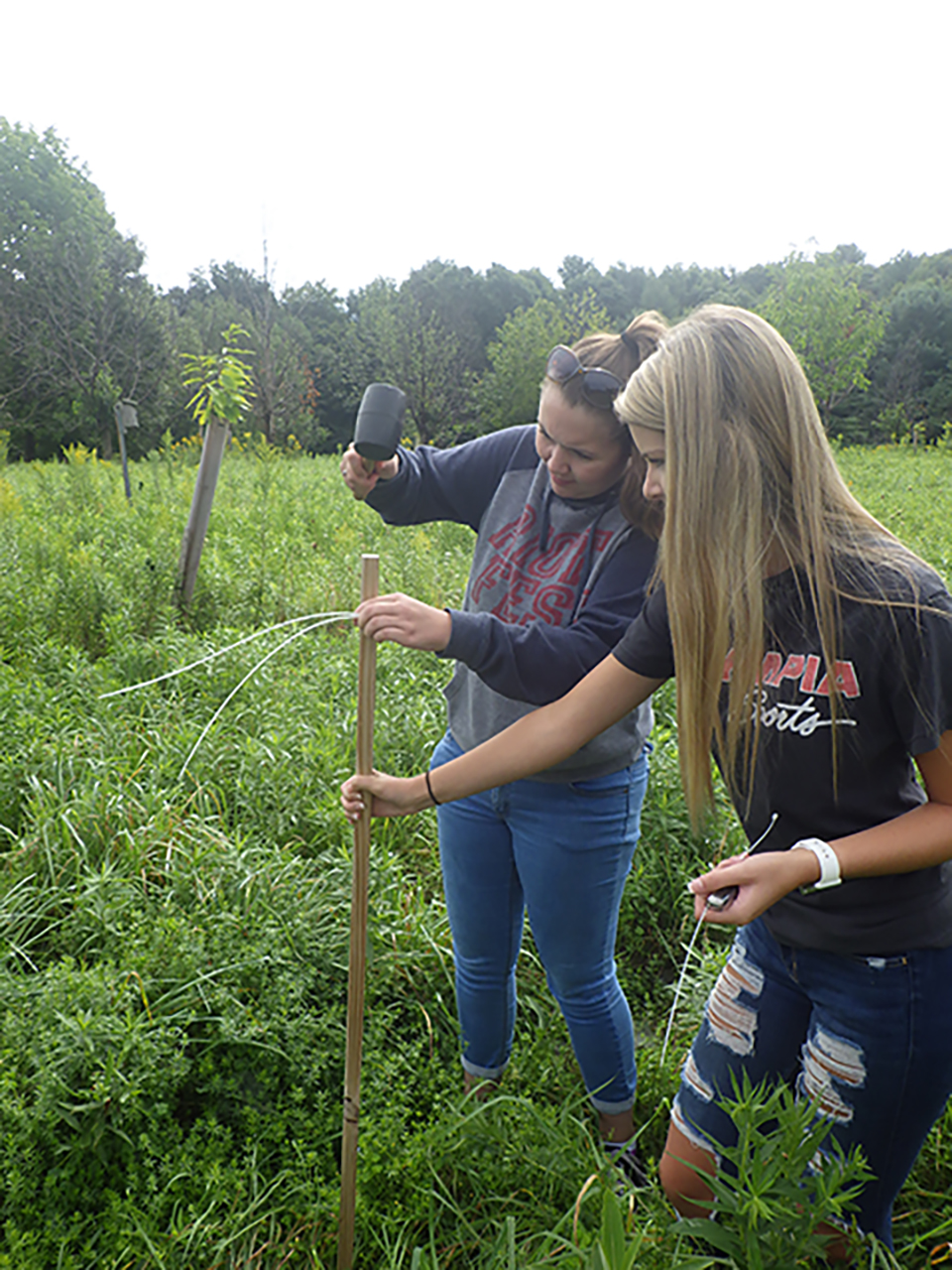

SUNY Morrisville professor provides living classrooms to students
A SUNY Morrisville professor is bringing his classroom to life.
Assistant professor of biology Eric Diefenbacher from the SUNY Morrisville Norwich Campus recently took two of his classes outdoors for “live-learning” sessions.
Students from Diefenbacher’s Herpetology course ventured to Owens West Wildlife Management Area at Morrisville’s main campus to search for, identify and learn how to measure amphibians. Students had the opportunity to catch three species of salamander, including larvae, along with a species of toad.


They used field microscopes to view the general anatomy and cell size of living specimens, as well as observe the cardiac rhythm through the skin and the blood circulation in the gills of larval stream salamanders.
Diefenbacher’s Introduction to Biology students also set up and programmed data loggers to record temperature and humidity data as part of a climate lab.
The project, made possible by contributions from SUNY High Impact Learning and Teaching and the Collegiate Science & Technology Program, saw data loggers set up in several sub-habitats of a forest to investigate how small changes can contribute to the overall climate of an ecosystem.

